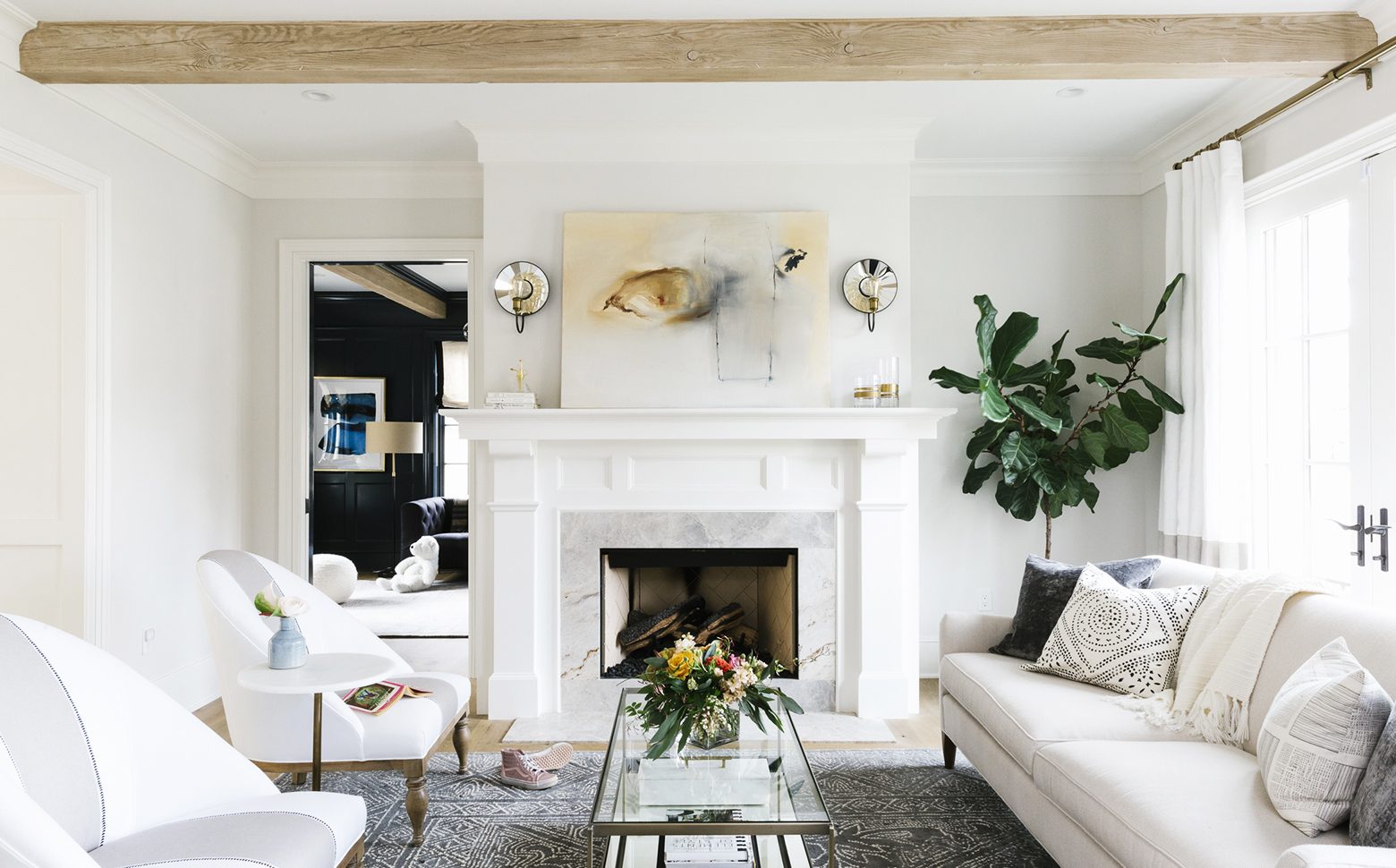Table Of Content

Employ repetition in simple ways—such as using the same icons throughout, in background patterns, or through things like styling all of your photos in the same way. Notice how the man’s neck seems unusually long; head much smaller than it should be for the body and hands larger than what one would expect for the sitter’s upper torso. These slight differences can be attributed to the fact that a canon was not used to create this figure.
Making your elements "fit" can create a sense of harmony--but overemphasizing that fit can create monotony.
Their products often feature asymmetrical balance, with different elements offsetting each other to create a cohesive whole. This can be seen in their Kallax shelving unit, where the different sized cubes balance each other out, making the unit functional and aesthetically pleasing. Asymmetrical balance is a little trickier but can create dynamic, interesting designs. This is when different elements on each side of a design have equal visual weight but are not identical.
Balance in Website Layouts
A Pioneer Of Pure Design Jil Sander Is Celebrated In Frankfurt - The Culture Trip
A Pioneer Of Pure Design Jil Sander Is Celebrated In Frankfurt.
Posted: Thu, 09 Nov 2017 08:00:00 GMT [source]
Some brands may need more order in their communications, while others thrive on chaos. In layout hierarchy, the proportion of the headline compared to the photo caption needs to be larger as the headline is the most important element. When you achieve a good sense of proportion in a composition, it can add harmony and balance.
Principles of Design
It's like trying to dance to a song with the wrong beat – it just doesn't work. By taking the time to study these examples, you can gain a greater understanding of how to apply proportion and balance in your own designs. Remember, it's not just about making things look good—it's about creating designs that work well and provide value to the user. One of the best ways to understand the difference between proportion and balance is to study the work of accomplished designers.
This image is a great example of form because we can still see that it's made up of shapes; only some have shadows and texture, which gives them form. You'll learn each visual element from point to texture and how they contribute to creating a visual composition. Some of the other principles take less forethought and planning than proportion. Yet, the more you use it, the more you consider it, the easier it becomes until finding the right proportions in a design becomes second nature. This infographic uses a motif-appropriate set of pet footprints to create obvious movement down the page, taking the reader from one pet Halloween costume to another. The series of numbers in circles also creates natural but less obvious movement, as the reader knows intuitively another number will follow.
How to Add Music to a Video in 4 Steps: Renderforest Guide 101
Balance is a design principle that involves creating visual equilibrium. The core idea is to distribute visual weight evenly throughout the composition. The weight in this context refers to color, shape, texture, and space. Proportion is another design principle that deals with size relationships between design elements. Proportion is a crucial principle of design that concerns the relative size and scale of various elements within a layout.

But you can only see that pattern when you look at the whole, multi-page document. Just like rhythm in music can seem repetitive or random, the same is true in design. Once you start placing all your baggage on one side, it will slowly start to sink because that will be the heavy side of your boat, while the other side will remain weightless. Shape influences perception and can be used symbolically to convey specific messages or evoke particular emotions.
Effective hierarchy not only enhances readability but also enriches user experience by making information consumption intuitive and effortless. Proper implementation of hierarchy ensures that a design communicates its message clearly and effectively, establishing an order that makes visual sense to the viewer. Basic visual design principles form the foundation of effective visual communication. Balance, contrast, emphasis, proportion, and harmony guide designers in creating visually appealing and coherent works.
In conclusion, contrast is a crucial design principle that should be utilized in every design. Its importance cannot be overstated, as it creates visual interest, emphasis, mood, and clarity. Familiarizing yourself with this principle and incorporating it into your design process will make your work stand out and be more impactful. Texture involves the surface quality of an object, and it is another essential component in achieving balance in design. Combining different textures can add depth and visual interest to the design, while using similar textures can create a sense of cohesion.
Effective use of rhythm enhances the overall engagement of a design by making it visually interesting and easier to navigate. This principle is crucial in sustaining viewer interest and providing a seamless experience throughout the visual communication. Design is an art form that involves a combination of creativity, aesthetics, and functionality.
If those elements were further from each other than they are, the report would be harder to read. The contrasting color scheme of this corporate annual report creates rhythm. Odd-numbered pages feature one color scheme, while even-numbered pages feature another. With Renderforest Graphic Maker you can browse through the professional templates created by our team of designers, choose the ones you need, and start editing them.

No comments:
Post a Comment